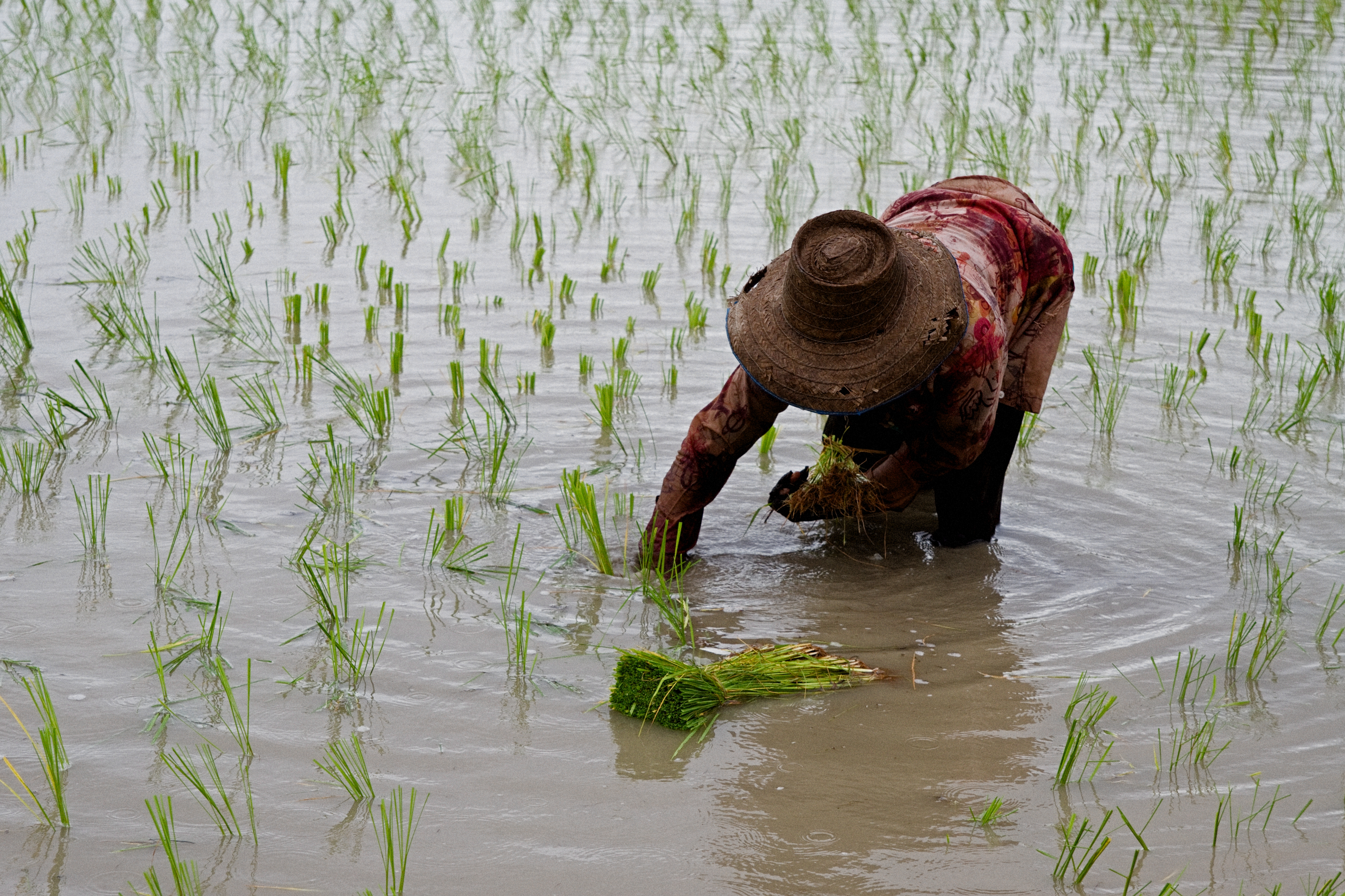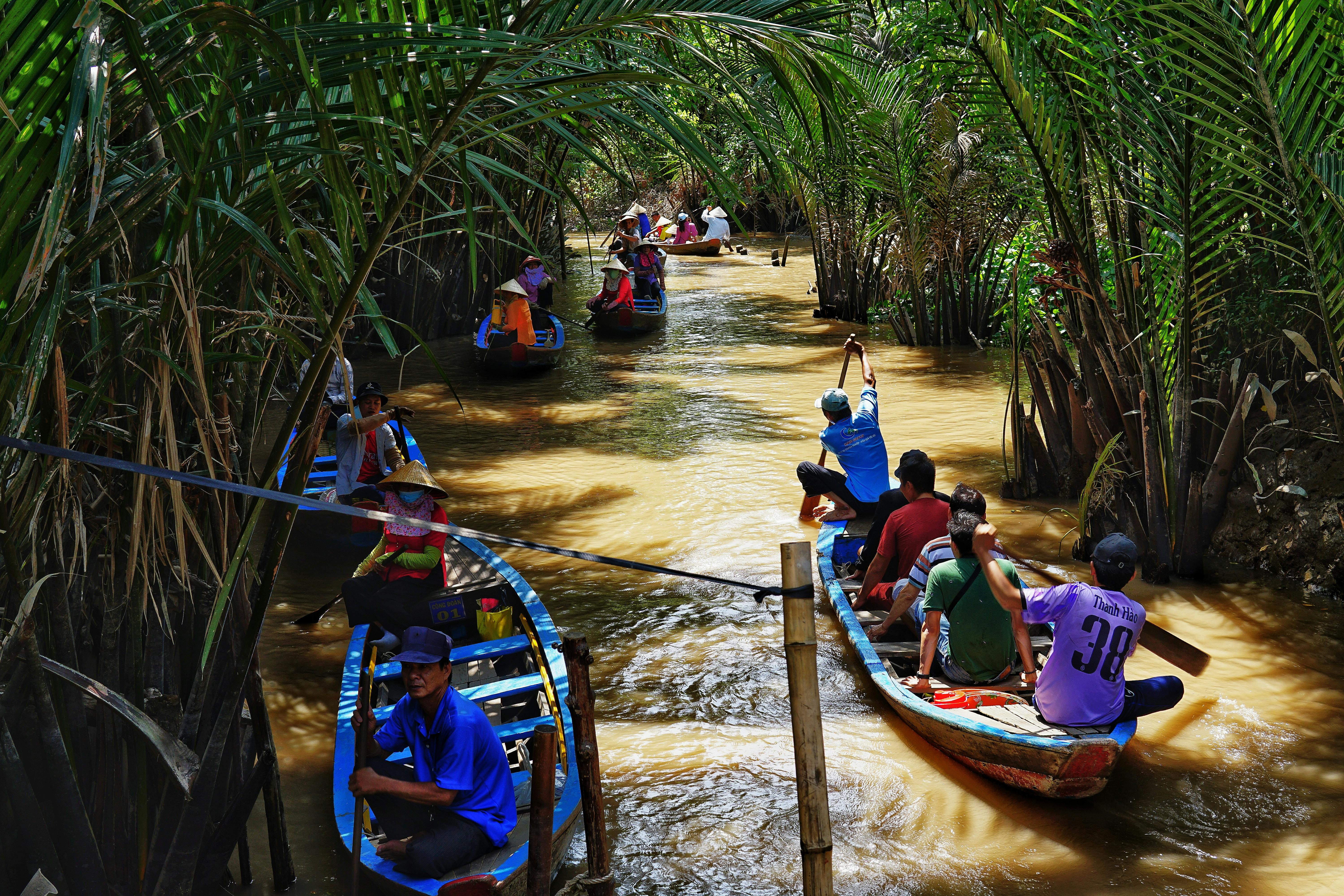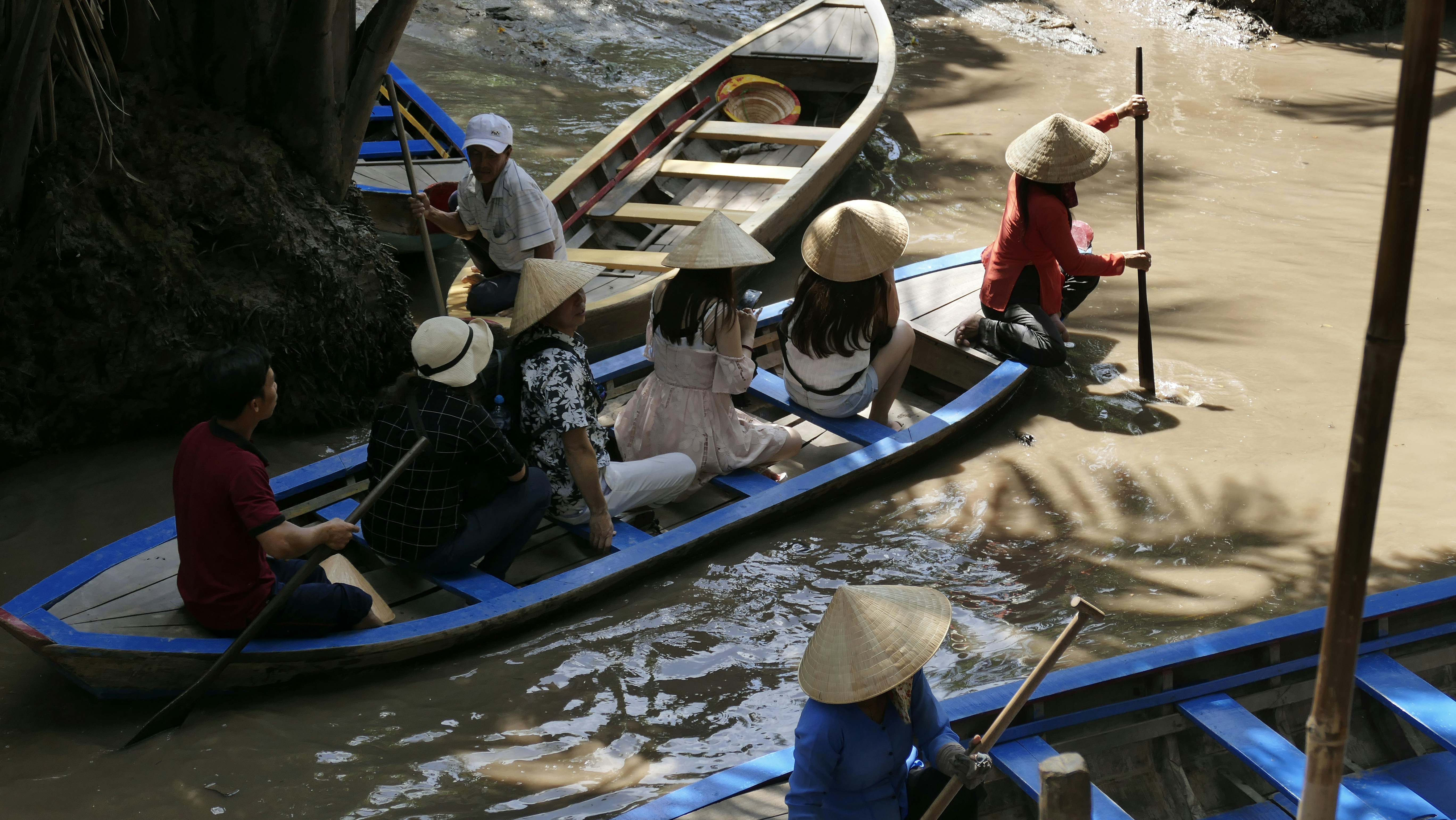We use cookies to improve your experience with Monash. For an optimal experience, we recommend you enable all cookies; alternatively, you can customise which cookies you’re happy for us to use. You may withdraw your consent at any time. To learn more, view our Website Terms and Conditions and Data Protection and Privacy Procedure.
The Mekong is drying up. What now?
Published on August 14, 2024Climate change and increased human activity are putting one of Asia's most important river systems under duress. It will require a sustained and coordinated effort to fix things.
 The Mekong River which flows along six countries is drying up, threatening livelihoods and nations. : Image by Michael Joiner, 360info CC BY 4.0
The Mekong River which flows along six countries is drying up, threatening livelihoods and nations. : Image by Michael Joiner, 360info CC BY 4.0
Climate change and increased human activity are putting one of Asia’s most important river systems under duress. It will require a sustained and coordinated effort to fix things.
Cambodia last week launched a $US1.7 billion canal project that, when completed at a yet-to-be-determined date, aims to provide a new link from the Mekong River to the Gulf of Thailand.
The Funan Techo canal has been dubbed controversial for how it will affect the Mekong – Asia’s third-longest river – which has been drying up due to climate change in tandem with human exploitation.
The Mekong nourishes six countries, China, Myanmar, Laos, Thailand, Cambodia and Vietnam and up to 25 percent of the globe’s freshwater fish catch comes from the river’s upper and lower basins.
Hit by devastating droughts in 2016 and 2020, the Mekong region is battling sustained heat waves again this year affecting drinking water supply and threatening agricultural output.
Dams, saltwater intrusion, rising sea levels and riverbed sand mining are compounding the effects of the drought, the severity of which is being aided by the El Niño weather pattern.
Vietnam, in particular, is reeling from the prolonged dry spell with thousands of hectares of paddy fields damaged with estimated losses of up to $US3 billion. Several provinces have declared emergencies over drinking water shortages.
Droughts are only one of the problems the Mekong faces. Flooding, made worse by climate change, is pushing people to migrate, making them easy prey for human trafficking networks.
Overfishing, riverbank erosion, habitat loss and pollution have all also done their part to damage the river’s health.
The Mekong now faces an existential threat, says Brian Eyler, co-lead of the Mekong Dam Monitor at the Stimson Center in Washington.
“This is a river undergoing a heart attack.”
While some solutions are underway, how the nations which rely on the river deal with the continued challenges will be key to ensuring its sustainability in the decades to come. 360info brings together experts to examine several issues facing the Mekong and how best to approach them.











